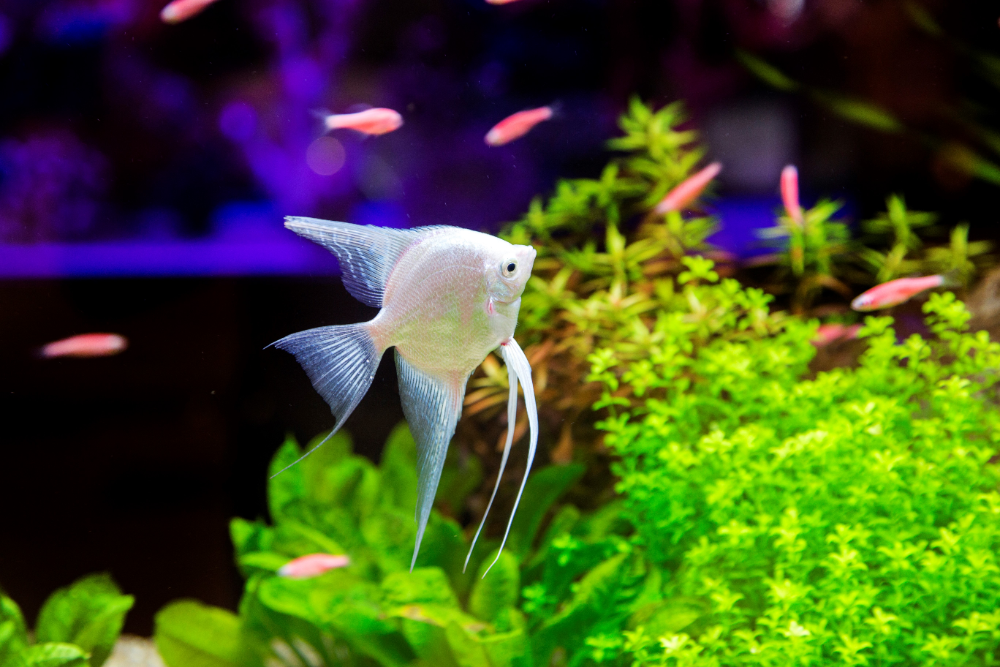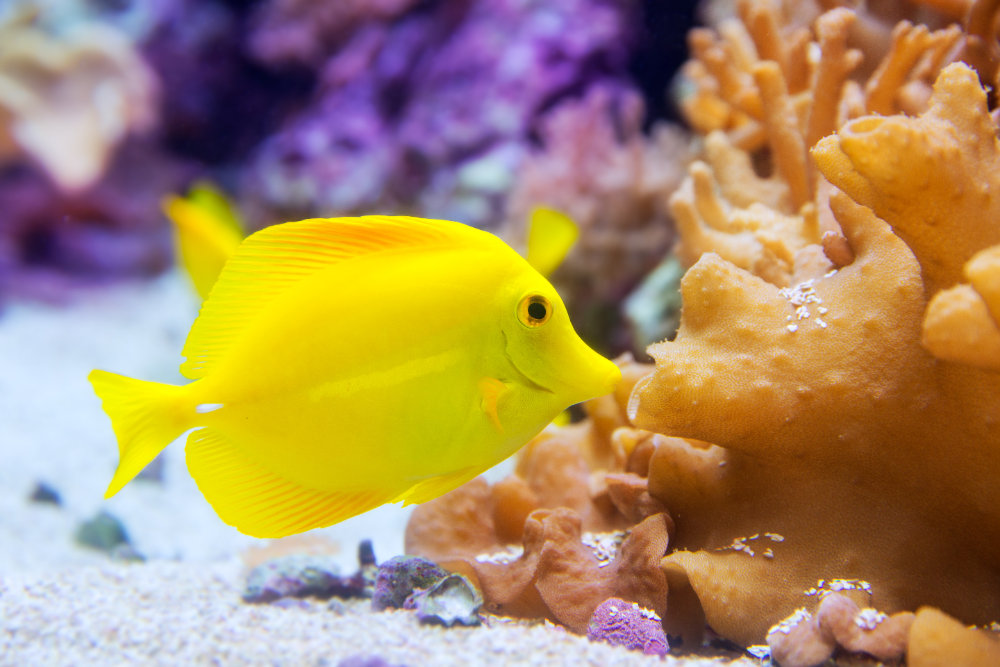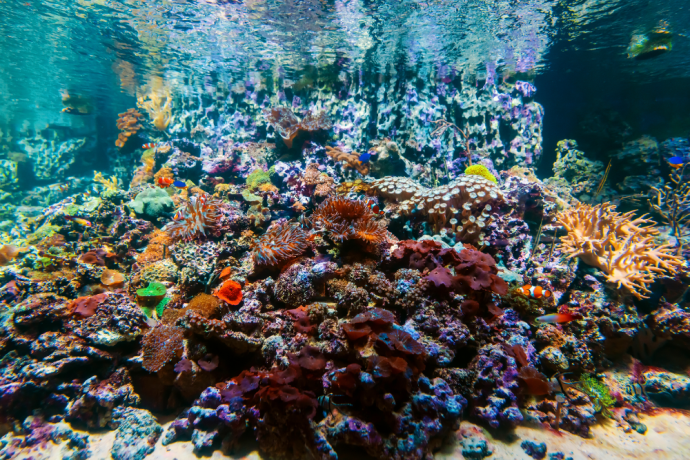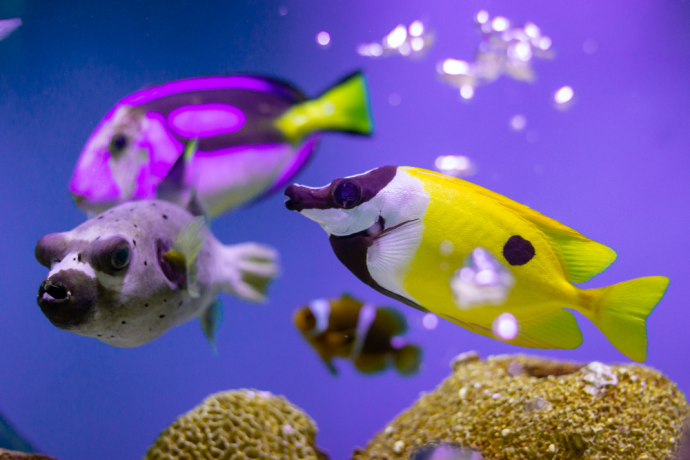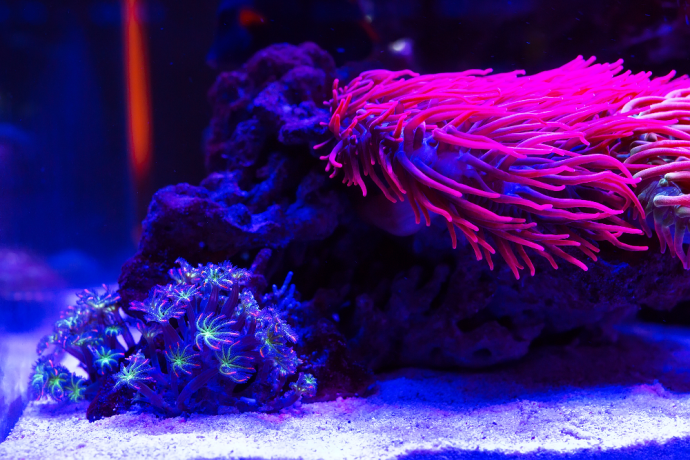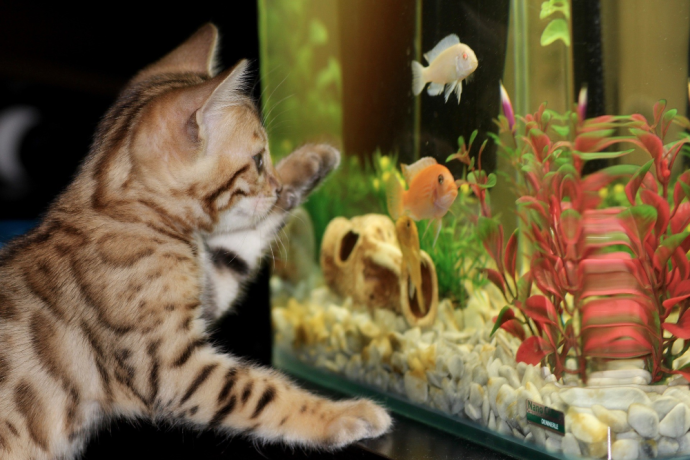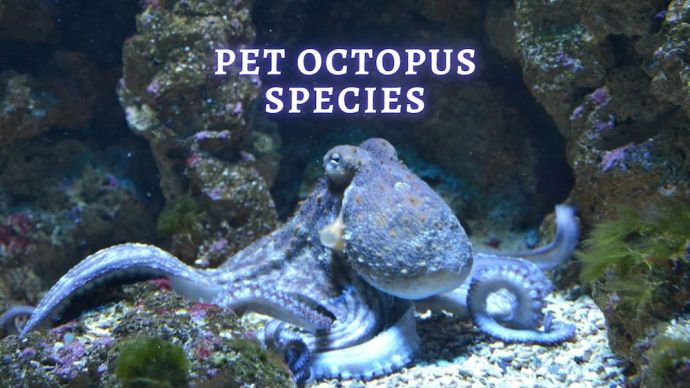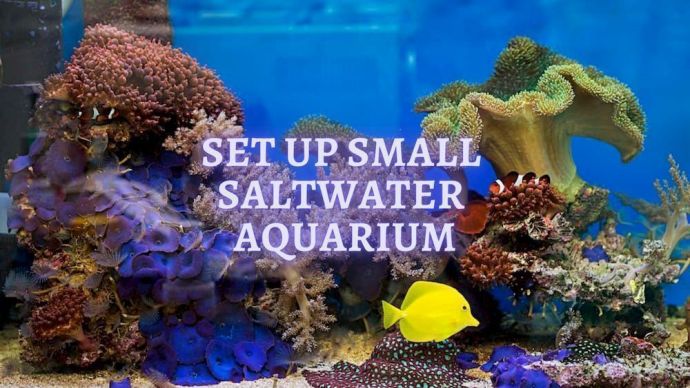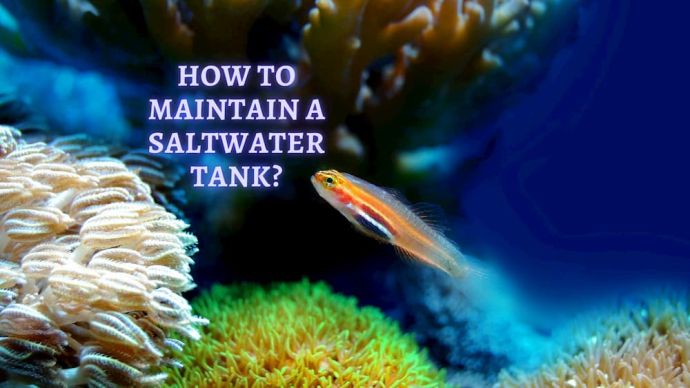How to Mix Saltwater for Aquarium?
Written by:
Author: Vicki Smirnova
Vicki Smirnova is a professional writer and editor who adores animals and helps readers get along well with their pets. She has been working in digital media for more than 5 years and has great experience writing content about lifestyle, including pets. Vicki specializes in dog health and nutrition, cat feeding, dog training. She is an aquarium lover and is passionate to write about fish care at home. Also, Vicki headed several websites and worked as a news editor.
View all 245 articlesLearn about our editorial process and veterinary review board.
Viewed: 720
Updated on: 02/15/2021
Many people buy marine aquariums to enjoy the beauty of marine fish and corals. The water for marine and freshwater tanks must be clean. Preparing saltwater for a marine aquarium may seem difficult, but it’s not as complicated as it looks.
There are steps of making saltwater for tank:
Step 1. Purchase of necessary Materials
Before making a saltwater for a marine aquarium, you must purchase all the necessary materials.
Sea Aquarium Salt
Aquarium stores can offer you two options for getting saltwater for a marine tank:
- Purchase of ready-made salt liquid
- Purchase of synthetic aquarium salt
Buy dry aquarium salt. It is sold in buckets of 22 to 44 pounds. If you still have salt left after making the salt solution for the aquarium, it may come in handy later.
Be sure to use only high-quality synthetic salt for marine tanks.
A water source for a Marine Aquarium
The source of H2O is significant for the preparation of high-quality saltwater. For a marine aquarium that only contains fish, tap water can be used, but for a reef tank. For marine aquariums with fish and reefs, it is better to use water that has been treated with reverse osmosis or deionized H2O.
Tap water can be used if it is of decent quality. Water must not contain traces of petroleum products, organic compounds, chemicals, or other substances. Also, before using tap water to prepare a salty liquid for a marine tank, you will have to dechlorinate tap water. There are air conditioners for removing chlorine and chloramines from H2O, and they can also be purchased in stores for aquariums. You can also buy reverse osmosis or deionized H2O in tank stores.
Water and salt are the most essential materials for preparing a salt solution for a marine aquarium. But you may also need other materials.
List of documents
Before you start developing a solution for a marine tank, make sure that you have the following documents:
- Clean bucket or strong plastic container.
- Submersible heater.
- Classic or electronic thermometer.
- A small submersible pump is for circulation.
- A refractometer or hydrometer is for measuring density or salinity.
- Tool for mixing the solution.
READ MORE: Why can’t Freshwater Fish live in Saltwater
Step 2. Preparing Salt Water for Aquarium
Wash the Saltwater container under running Water
Do not use chemicals to rinse the container. They can harm the inhabitants of your aquarium. After cleaning, put the box next to the tank so that it is easier to fill the aquarium with ready-made water.
Fill the container with Water
You need to know how much water you need to prepare for the tank, and you can calculate its volume. Fill the box with tap H2O, reverse osmosis water, or deionized H2O to the required amount.
Do not fill the container for preparing the salt solution to the brim, as the salt added to the water will take up some volume. In the same way, you should not fill the tankwith a ready-made salt solution to the brim, like fish, decorations, filters, and other attributes that will take up a certain amount of your marine aquarium.
Put a Thermometer in the Container
The thermostat should be positioned so that you can easily observe its readings. This will allow you to see that the temperature in the preparation tank and the aquarium is the same, which is essential for the health of marine fish and corals.
Place the pump and aquarium Water Heater in the Container
Place the pump and heater near the bottom of the tank to prepare the solution. They will speed up the process of dissolving the salt, and you will be able to quickly make water for your marine tank.
Make sure that the heater is set to the same temperature as in your tank. For marine aquariums with fish only, the temperature should be within 71.6 and 79.7 F, and for reef aquariums, 75.2 F to 77.9 F.
Add aquarium Sea Salt to the Water
Now that you have created a circulation in the tank for preparing the salt solution, you can add dry aquarium salt to it. It is essential to read the instructions on the packaging of the salt used in advance. Slowly add the measured amount of salt to the H2O and stir it.
Be sure to read the instructions from the salt manufacturer
From them, you will learn how many parts of salt should be added to each liter. At the same time, you should get a water density of about 8.5 lb/gal, or salinity of 35 ppm.
Adding salt to the water should be carried out in portions
Divide the required amount of salt into three parts. Fill the pieces one at a time and stir until the salt is completely dissolved in water.
Check the Water Density
After dissolving all three portions of salt in tank, you need to check its thickness with a hydrometer or refractometer. This will help you find out if you added too little or too much salt. Make sure that the H2O density is at the level of about 2.2 lb per gallon. If the indicator is lower than 2.2, add a little more salt. If the frequency is higher than 2.3 pounds per gallon, add water to reduce the density to acceptable values.
Leave the Water for a day to settle
Before you pour the salt solution into the tank, let it pay for at least 24 hours. This will guarantee the remaining salt is dissolved and will achieve an equilibrium saturation with oxygen and carbon dioxide from the air.
Leave the pump running in the Tank
So that the water is adequately saturated with air. This will ensure that it is evenly saturated with oxygen and carbon dioxide. Leave the thermometer in the cooking container, too.
READ MORE: How to Get Rid of Diatoms
Stage 3. Check the water salinity Parameters
Check the density of the prepared Water
After the salt solution has settled for at least a day, recheck its density. This is important for detecting and correcting possible deviations in H2O parameters. Make sure that the frequency of saltwater is within the optimal range. Add more salt if this indicator is too low, or more H2O if it is too high.
READ MORE: Best Starter Fish for Freshwater Aquarium
Check the water temperature in the Aquarium again
Just as proper salt concentration is important for the well-being of your fish, so is water temperature. After checking and adjusting the density of the water, check its temperature. It must correspond to the temperature in your aquarium.
If the temperature is too low, raise it with an heater. Periodically remove the heater and check the temperature until it reaches 71.6 F degrees to 79.7 F for fish tanks only, and 75.2 to 77.9 F for reef aquariums. Remember that if you add water of different temperatures to the tank, it will cause a temperature change, which can harm your fish’s health.
READ MORE: Best LED for Reef Tank
Pour the prepared Water into the marine Aquarium
When all the essential seawater parameters are at the optimal level, you can start adding it slowly to the aquarium. This should be done gradually so as not to shock the fish and other aquarium inhabitants.
Keep checking the temperature and salinity of the water regularly to ensure that their level remains stable.
After your fresh aquarium is filled with the ready-made salty solution to the desired level, return the fish to the aquarium. If you are particularly worried about fish, you can recheck the water temperature and salinity before doing this.









